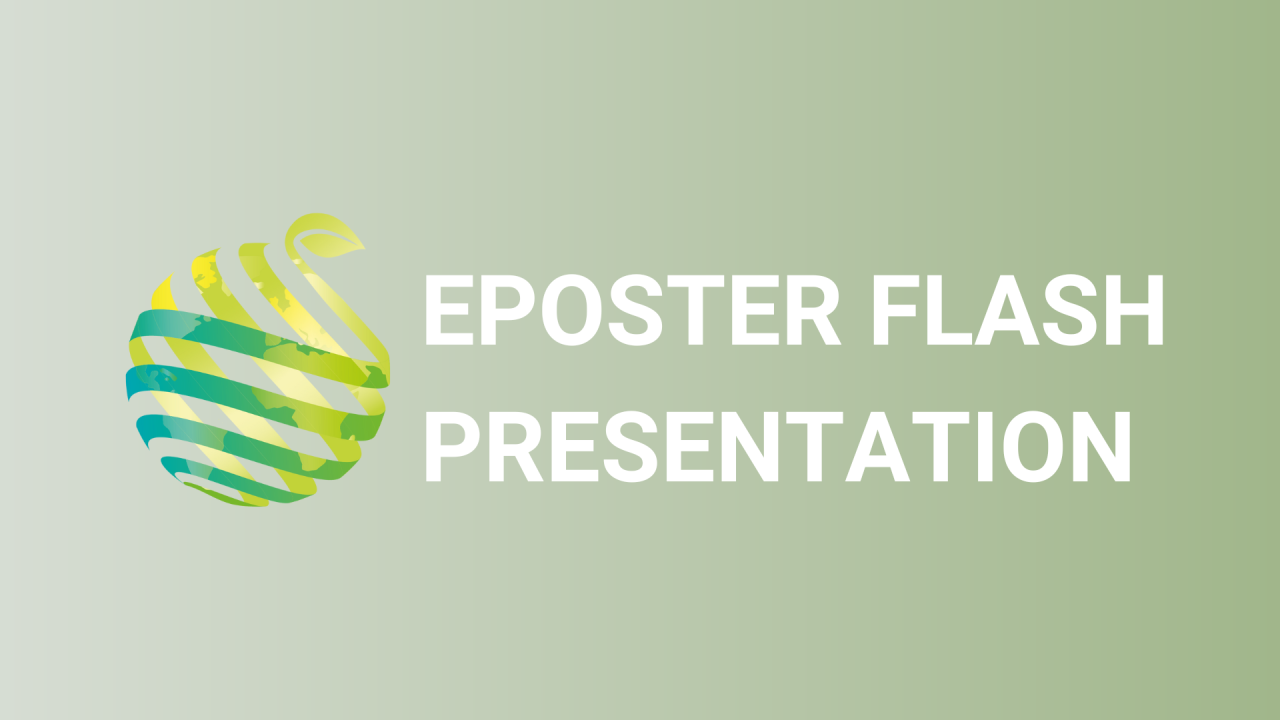

S18 - Session P3 - Prediction of vegetative growth, organ distribution, and fruit quality of strawberries cultivated in greenhouses using Artificial Neural Network
Information
Authors: Woojoo Choi *, Myugmin Oh
In protected horticulture, a combination of multi-dimensional environmental variables should be determined based on crop status to control growth environments. Artificial neural network (ANN) is excellent at making meaningful inferences by finding relationships among many variables. This study aimed to predict the change in fresh weight, organ distribution, and fruit quality of strawberries cultivated in greenhouses using ANN. The strawberry 'Seolhyang' was cultivated, and destructive and non-destructive data for environmental factors and the plants were acquired for two years. All the environmental data were measured at 10-minute intervals, and growth- and fruit-related data were measured weekly. For the ANN model, recurrent neural network (RNN) series and transformers, effective for time series data analysis, were used. Growth data obtained by load cells and cameras were representative of growth changes in the entire greenhouse. Changes in fresh weight were learned using the measured environmental data and load cell data. Changes in data related to leaves, runners, buds, flowers, and fruits were tracked in randomly selected 11 plants per greenhouse which was learned with environmental data. This correctly predicted organ distribution patterns. After fruiting, changes in the level of sugar and organic acids and environmental data were used to learn, which was used to predict changes in fruit quality. The model learned through growth information estimated from images was tested with measured growth parameters, and as a result, image acquisition was an effective data collection method. Therefore, ANN could infer the relationship by combining destructive growth data and the measured environmental variables, which become the standard for environmental control. Furthermore, it could be the fundamental establishment of an autonomous cultivation system. This work was supported by Korea Institute of Planning and Evaluation for Technology in Food, Agriculture, Forestry and Fisheries (IPET) through Agriculture, Food and Rural Affairs Convergence Technologies Program for Education Creative Global Leader, funded by Ministry of Agriculture, Food and Rural Affairs (MAFRA) (717001-7).